In this age of digital entertainment, there’s something undeniably special about listening to music or a talk show on the radio. While many people get their radio fix through online streaming services, others enjoy the process of building and fine-tuning their own FM transmitter circuits. If you’re interested in joining the latter group, this article is for you! We’ll provide a comprehensive guide on how to build your own FM transmitter circuit, with helpful tips and advice along the way. Let’s get started!
What is an FM Transmitter Circuit
The most common type of FM transmitter used in consumer electronics is the Frequency Modulation (FM) transmitter, which operates on a frequency range between 88 and 108 MHz. This range is referred to as the “FM band.”
The basic concept behind an FM transmitter circuit is simple: it takes a low-frequency audio signal, such as from a microphone or other sound source, and modulates it onto a high-frequency carrier wave. The carrier wave is then amplified and broadcast through an antenna, allowing it to be heard by receivers that are tuned into the same frequency. [1], [2], [3]

Components Required
If you decide on building your own FM transmitter circuit, you will need several components to get started. Here is a list of the most common components used in an FM transmitter circuit:
- Two transistors (2N3904);
- Seven resistors (100k Ω, 100Ω, 1M Ω, 1k Ω, 10k Ω – 3);
- One air coil inductor (0.1µH inductor);
- Five capacitors (0.1µF, 40 pf trimmer, 4.7 pF, 10pF);
- Antenna;
- 9V battery and clip;
- PCB;
The transistors and resistors are responsible for amplifying the signal, while the capacitor is used to filter any high-frequency noise. The antenna will help transmit the signal at a long range and the circuit board helps keep all of these components organized. [1], [2], [3]
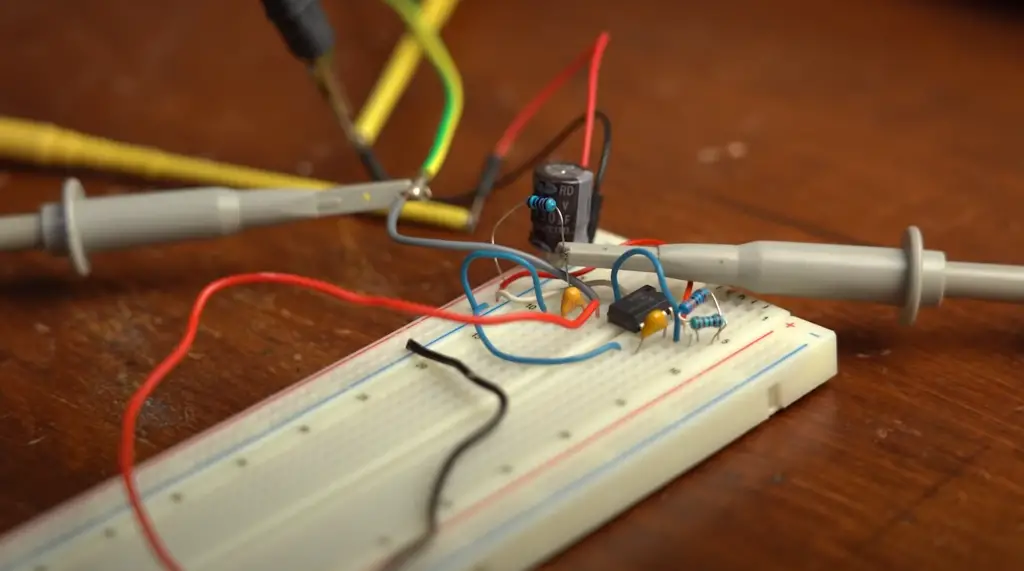
How to Assemble
Once you have gathered all of your components, it is time to start assembling them into an FM transmitter circuit. First, you will need to find a pcb layout for the circuit. This can be done by searching online or you can even design your own layout with a software program.
Once you have the pcb layout, it is time to start assembling the components. Start by soldering each component onto the board in their respective spots according to the schematic diagram. Be sure to use caution when soldering and make sure that all of the connections are secure.
After the printed circuit board (PCB) has been prepared, the next step is to insert the components into the PCB according to the circuit diagram and then solder them. After that, the next step involves making an inductor. This can be done by taking a copper wire of either 18 or 22 gauge, depending on your preference.
For an 18 gauge wire, form an inductor with 4-5 turns of 1/4 inch. Alternatively, for a 22 gauge wire, form an inductor with 8-10 turns of 1/4 inch. Once the inductor has been formed, it should be soldered to the circuit. If you have an antenna, you can also solder it. Alternatively, you can use a hook-up wire of 8-10 cm as an antenna.
For ease of use, a 3.5mm female audio jack can be used since it allows for easy plugging in of microphones and other audio devices. If a microphone is used, it senses the audio and broadcasts it to nearby FM radios. This setup can also be used as a spy bug, making it a versatile tool for various applications. [1], [2], [3]
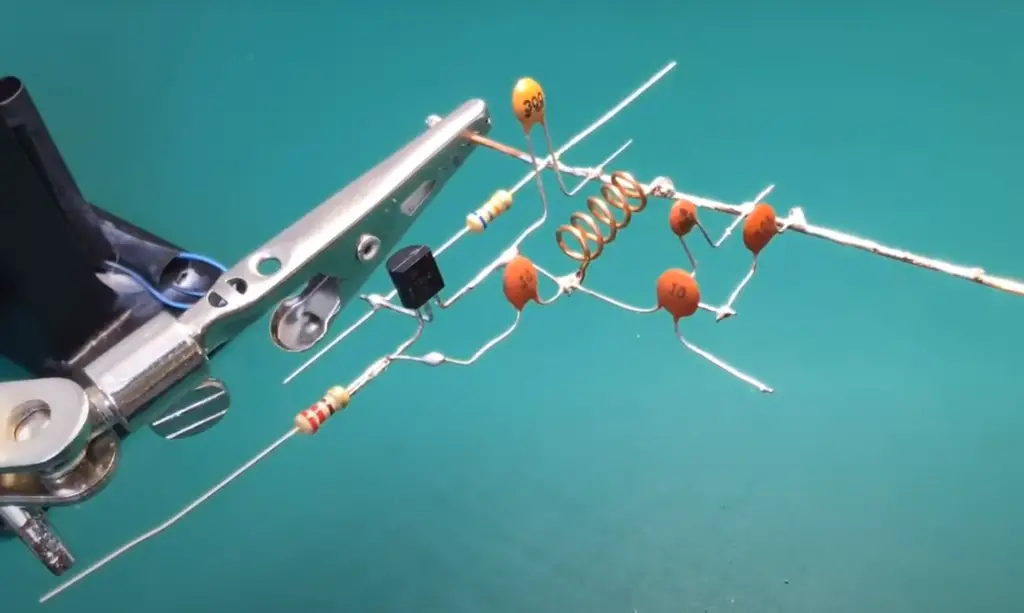
Make PCB
Once all of the components have been soldered onto the printed circuit board (PCB), it is time to make the PCB. This can be done by either ordering a custom pcb, or by making one yourself.
If you decide to make a PCB yourself, then you will need some basic supplies such as copper boards, etching chemicals, and other necessary tools. After that, use a software program such as EagleCAD or KiCad to design your own layout according to the schematic diagram. Once you have designed your layout, print it out on glossy paper and then transfer it onto a copper board using an iron. Then etch and drill holes for each component on the PCB.
We suggest you use a marker or pen to label each component on the copper board for easy reference. This will make it easier for you when soldering the components onto the board. After that, solder each component onto its respective spot according to the schematic diagram and your labels on the board. Marker will also serve as a protective coat against oxidation. [1], [2], [3]
Tuning Transmitter
Transmitter tuning is an important process that needs to be done in order for a successful FM transmission. Tuning involves adjusting the components of the circuit so that it broadcasts at the desired frequency and has minimal noise interference.
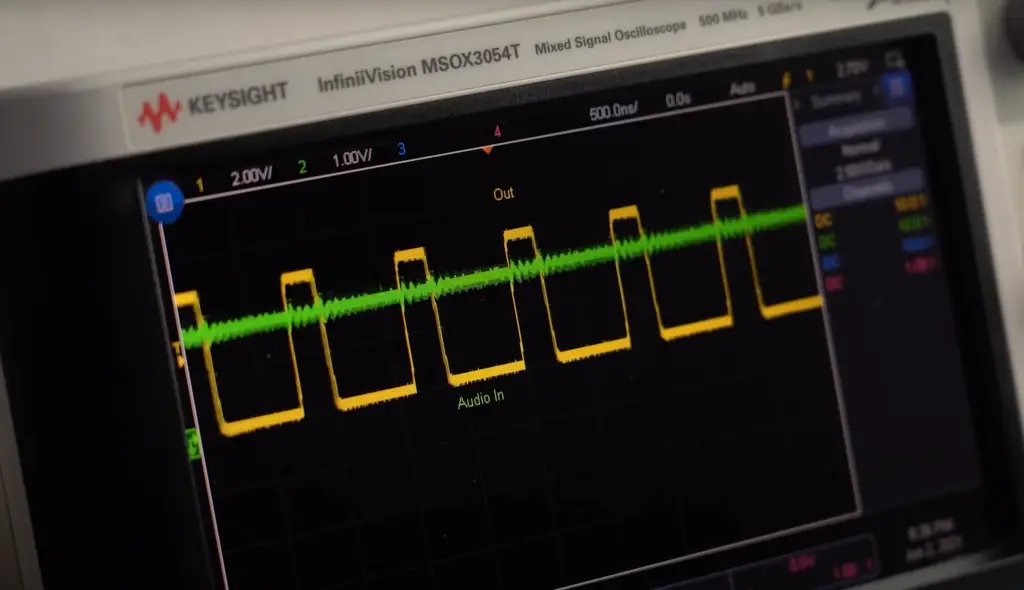
To tune the transmission frequency, you will need to vary the trimmer capacitor. The trimmer capacitor is usually found near the antenna and it affects the frequency of transmission. Start by adjusting this trimmer capacitor until you hear a distortion.
After that, slowly vary the trimmer capacitor until you hear a more clear sound. This should be done while making sure that the components do not get too hot. If they do, then the circuit may be damaged and will need to be replaced.
The inductor helps to filter out unwanted noise from other radio frequencies as well as local sources of interference such as electrical appliances and power lines.
And that’s it! You have now learned how to build an FM transmitter circuit and how to tune it for optimal transmission. With this knowledge, you can now create your own FM radio station or use your home-built circuit for other applications such as a spy bug. We hope that this guide was useful in helping you understand the process of building and tuning an FM transmitter circuit. Thanks for reading! [1], [2], [3]
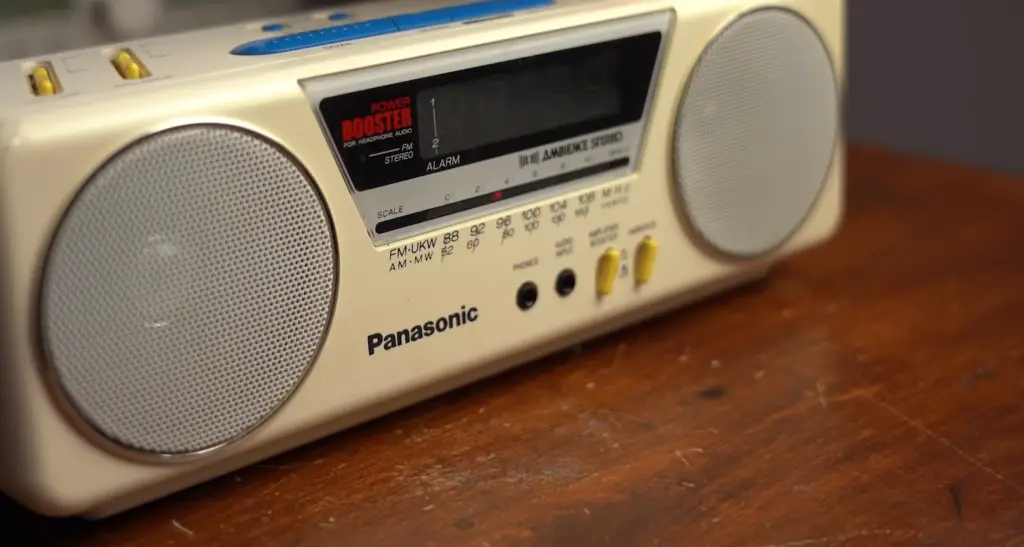
FAQ
What kind of components are needed to build an FM transmitter circuit?
To build an FM transmitter circuit, you will need the following components:
- Power source: A DC power supply that provides a stable voltage, typically between 9 and 12 volts.
- Oscillator: An oscillator generates a stable signal at the desired frequency. In FM transmitter circuits, a crystal oscillator or LC oscillator is commonly used.
- Frequency modulator: The frequency modulator modulates the frequency of the carrier wave in response to the input signal. This can be accomplished using a varactor diode or a phase-locked loop (PLL).
- Amplifier: The amplifier increases the power of the modulated signal to a level sufficient for transmission. Typically, a Class C amplifier is used.
- Antenna: The antenna radiates the modulated signal into the air for reception by an FM radio.
- Resistors: Resistors are used to limit the current in the circuit and to provide biasing for various components.
- Capacitors: Capacitors are used to filter signals and stabilize voltages.
- Transistors: Transistors are used as amplifiers in the circuit.
- Inductors: Inductors are used to tune the oscillator and filter the signal.
- Diodes: Diodes are used as rectifiers or to control the flow of current in the circuit.
- Printed circuit board (PCB): A PCB is used to mount and connect the various components of the circuit.
- Enclosure: An enclosure is used to protect the circuit from external factors and to provide a physical structure for the circuit.
What are FM transmitter circuits used for?
They are commonly used for a variety of applications, such as broadcasting music, transmitting data between two locations, or even creating wireless speakers.
The most common type of FM transmitter circuit is a simple frequency modulated (FM) circuit that is used to generate and radiate an FM signal on the desired frequency using a single transistor (or other active device). The basic components of this type of circuit include an oscillator, amplifier stage and antenna.
The oscillator provides the base frequency for the signal generated and this is usually varied up and down around the center frequency in order to create modulation. The amplifier stage is used to boost the power of the signal and the antenna radiates this signal over a distance.
How does an FM transmitter circuit work?
An FM transmitter circuit works by modulating a signal on an oscillator frequency. This oscillator is then amplified and broadcasted using an antenna.
The modulation of the signal is achieved through adjusting the frequency or amplitude of the carrier wave. The FM transmitter comprises many components, such as an oscillator, amplifier, mixer, pre-emphasis filter, multiplexer and detector circuits. Each component plays a crucial role in the transmission of signals between two points.
When a signal is transmitted from one point to another, it is received by an antenna which amplifies it before being rectified and demodulated by a detection circuit. This process occurs when the original analog signal is converted into digital format so that it can be decoded by the receiver.
At the receiving end, the signal is amplified and demodulated before being converted back to analog format. This converted signal is then sent to a speaker or other device to be heard by the listener.
The FM transmitter circuit plays an important role in ensuring that a strong and clear signal is transmitted from one point to another without any interference. It also helps to control how far and wide a transmission can travel, since its range depends on its power output. With careful tuning and design, it is possible to create a stable circuit which will provide consistent long-range broadcasts.
How to make a circuit for an FM transmitter?
Building an FM transmitter circuit is a great way to make your own radio station and broadcast music or other audio over the air. The most important part of this project is choosing the right components and assembling them together in a correct manner.
First, you need to choose the type of transistor that you will be using for the circuit. There are many types available, but most FM transmitters typically use NPN transistors like the 2N3904 or BC548. Keep in mind that different transistors may require different values for resistors, capacitors, and inductors used in the circuit.
Next, assemble all of the components as shown in a schematic diagram such as that found on our website (link). Make sure to pay attention to the polarity of each component, as reversing them may cause damage to the circuit.
Finally, connect a long wire antenna to the output of the FM transmitter and plug in a battery or power supply. This will provide enough power for your circuit to start broadcasting an audio signal over the air.
What is a simple FM transmitter?
A simple FM transmitter is an electronic circuit used for broadcasting audio signals over a wide range of frequencies. The most common use of these circuits is to broadcast music or other audio content from one location to another, such as from a radio station, a car stereo, or a home entertainment system.
The basic components of a simple FM transmitter circuit include an oscillator, which produces the audio signal, and an amplifier, which increases the strength of the signal for transmission. The oscillator may be either analog or digital and typically consists of resistors, capacitors, transistors and diodes that work together to produce the desired sound frequency. Once the oscillator has created the audio signal, it passes through an amplifier stage where its power is increased to a level suitable for broadcasting. Finally, the amplified signal is sent out via an antenna, allowing it to be picked up by any receiver within range.
What are the parts of the FM transmitter?
The FM transmitter contains several parts that work together to transmit signals. These parts include: microphone, audio pre-amplifier, modulator, oscillator, RF- amplifier, and antenna.
- Microphone: The microphone is the starting point of the FM transmitter, as it picks up sound waves from an audio source and converts them into electrical signals.
- Audio Pre-Amplifier: The audio pre-amplifier boosts the signal from the microphone to a higher voltage level that can be used by other parts of the FM transmitter.
- Modulator: The modulator takes the amplified signal from the audio pre-amplifier and encodes it in a form suitable for radio transmission.
- Oscillator: The oscillator generates high frequency signals which are combined with the encoded signal from the modulator to create a radio wave.
- RF Amplifier: The RF amplifier increases the power of this combined signal so that it can be sent over a greater distance.
- Antenna: The antenna is the last part of the FM transmitter, as it sends out the amplified signal to a receiver.
By understanding these parts and how they work together, one can build an effective FM transmitter circuit that produces clear sound quality.
Useful Video: 1km fm transmitter circuit diagram
Conclusion
FM Transmitter Circuits can be a great way to create your own radio station and broadcast music or information. While tricky to build, the process is made easier by using an existing circuit diagram with all its components clearly labeled. To find these diagrams, you can search online or purchase specialized kits from electronics suppliers.
Before building your FM transmitter circuit, it’s important to make sure that you understand the components used in the design and how they are linked together. Additionally, make sure that you have all of the necessary tools before attempting any construction tasks. And finally, remember that when broadcasting signals over any distance, you should always check with local laws and regulations regarding signal strength and power levels to ensure that you do not break any rules as regards broadcasting without a license.
In this article, we have discussed the basics of an FM transmitter circuit and discussed how to build one. We’ve looked at the components used in such a circuit and what their functions are.
FM Transmitter circuits can be a fun and rewarding project for any hobbyist. With the right supplies, knowledge, and skill, you’ll be able to build your own FM transmitter circuit in no time! So get out there and start broadcasting! Happy tinkering!
References
- https://www.instructables.com/How-to-Make-FM-Transmitter/
- https://circuitdigest.com/electronic-circuits/how-to-build-fm-transmitter-circuit
- https://www.homemade-circuits.com/spy-bug-circuits/





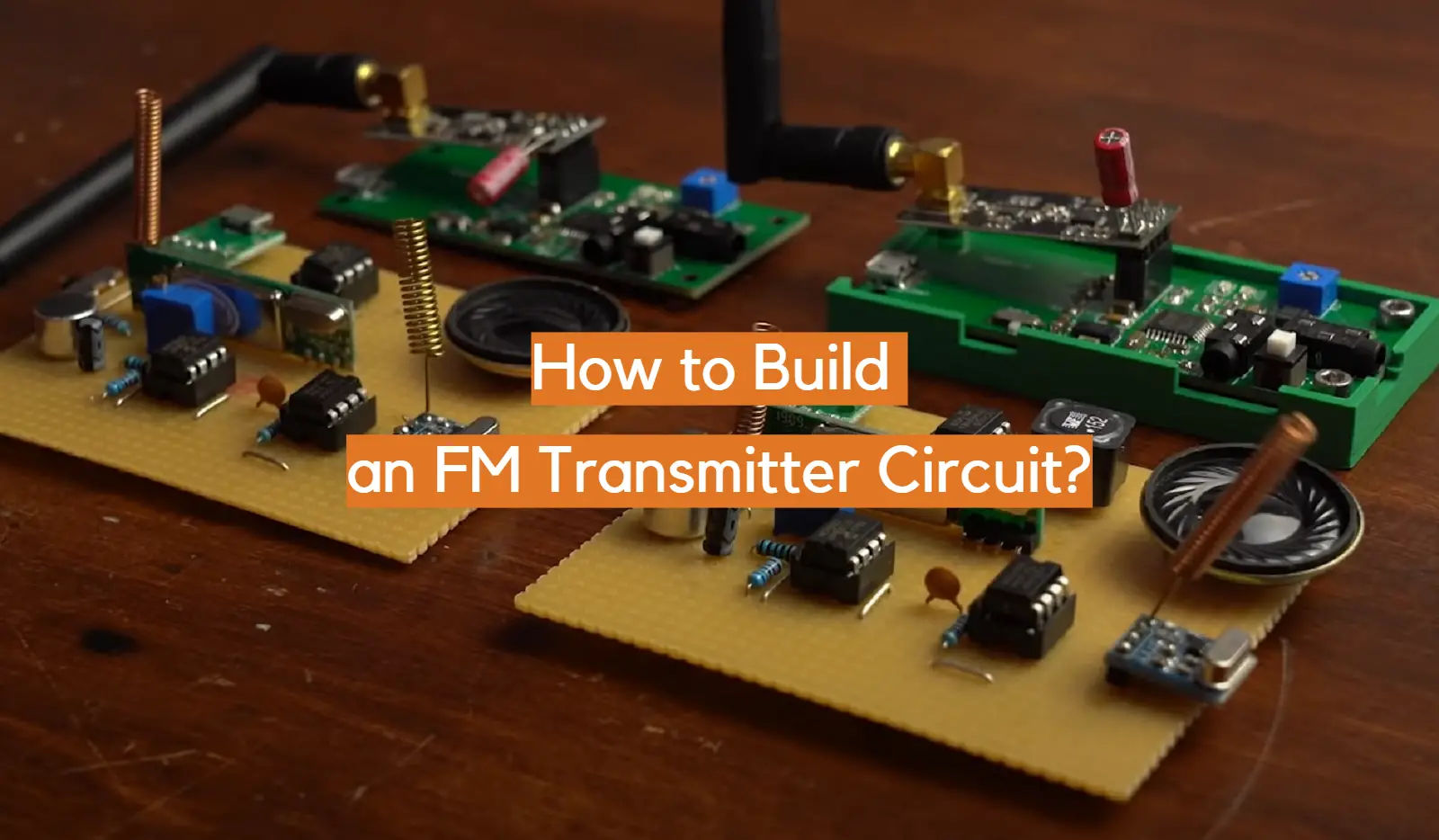




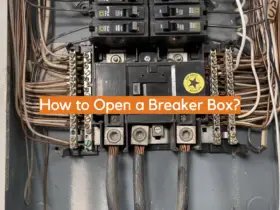


Leave a Reply